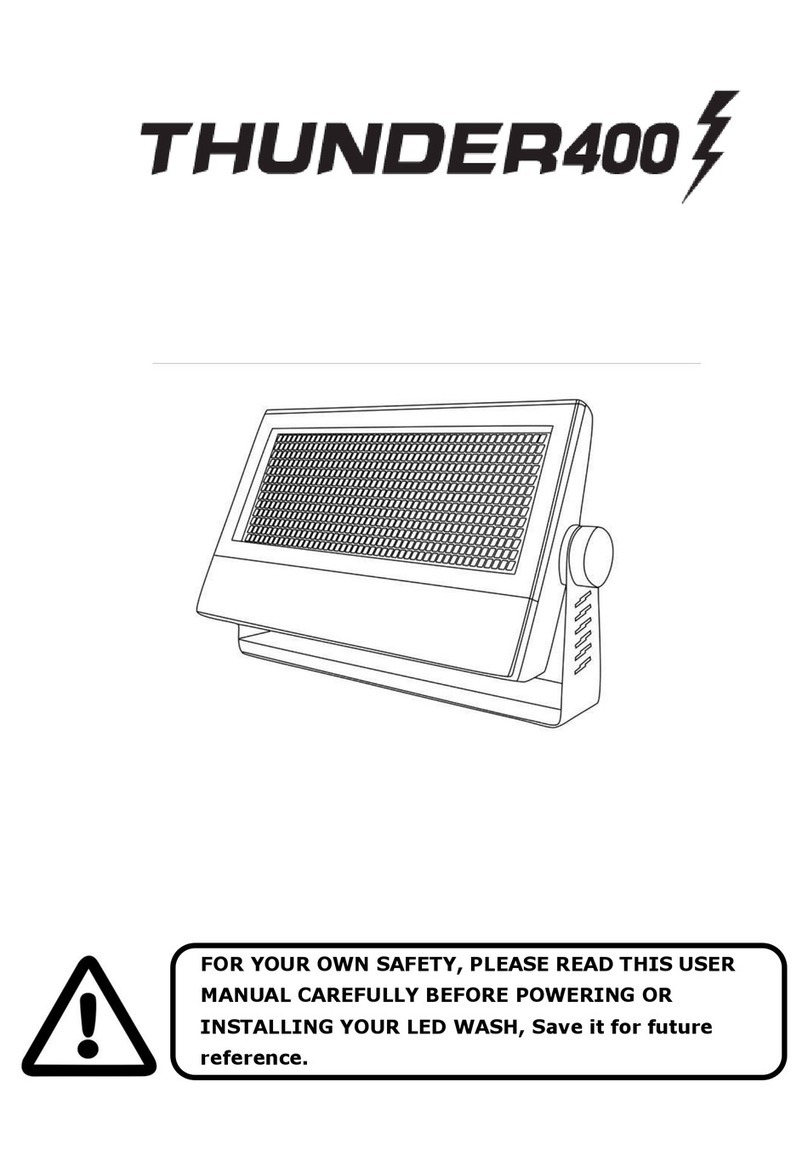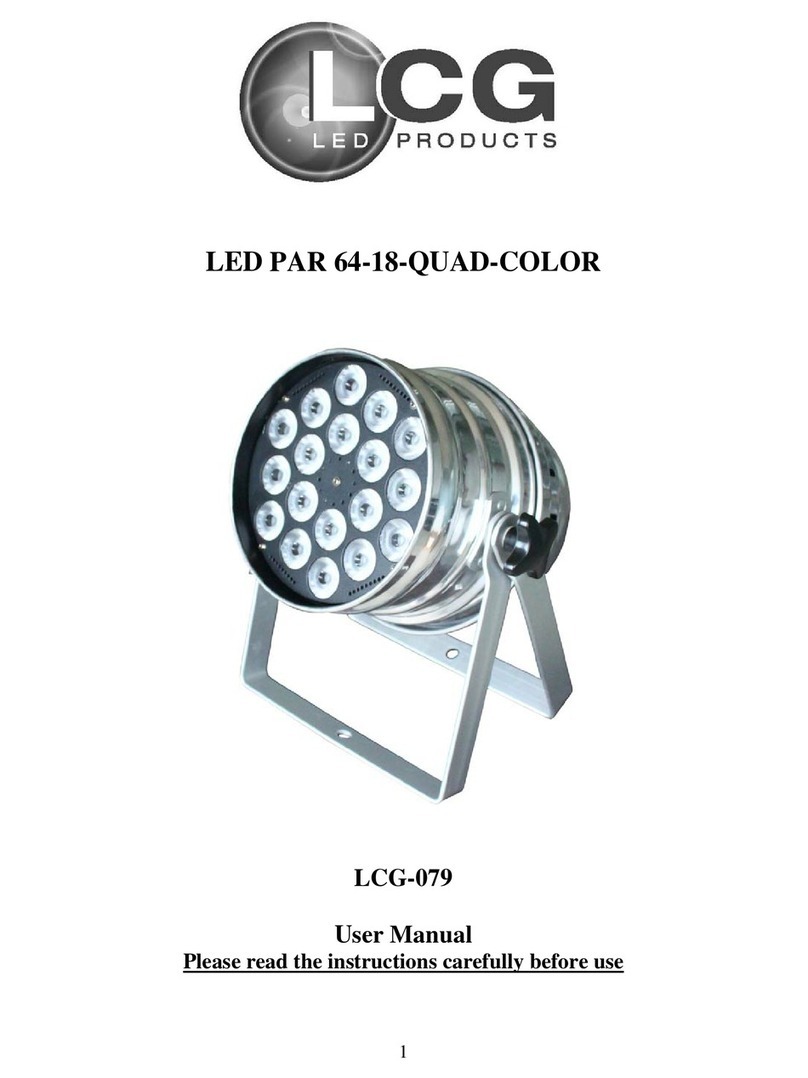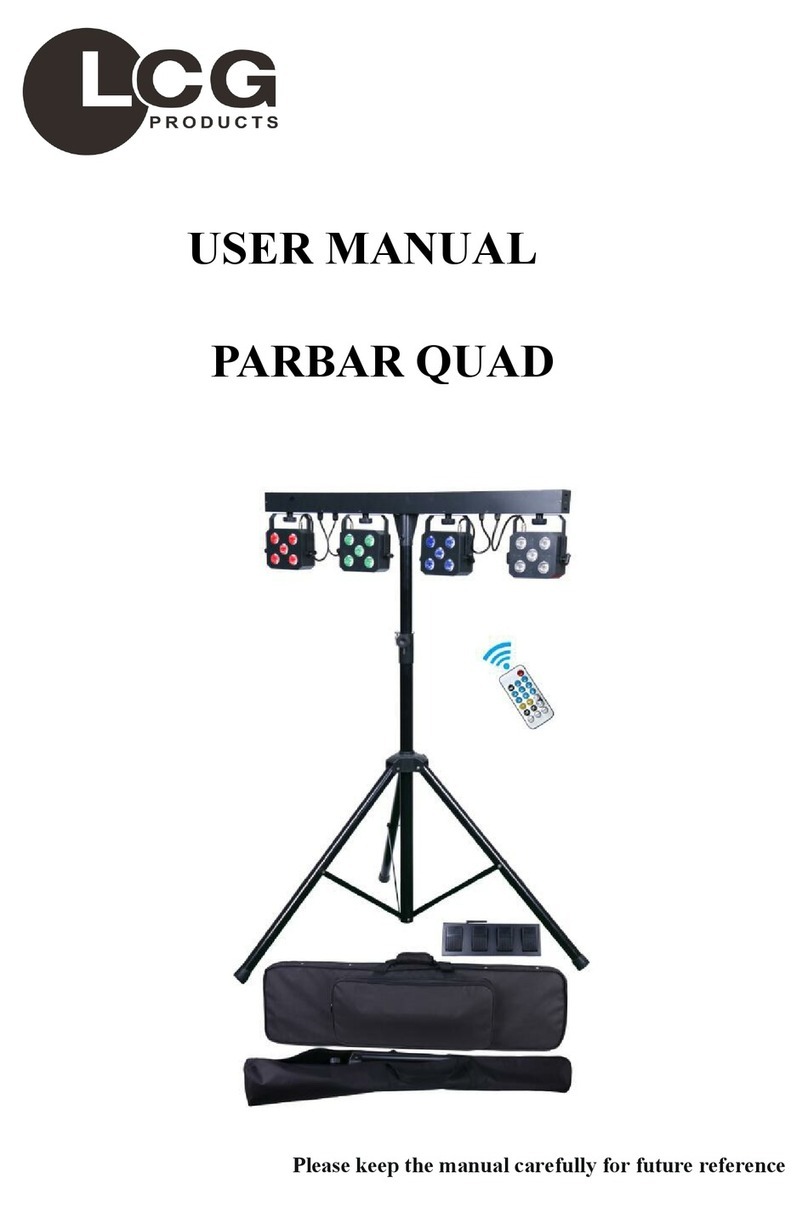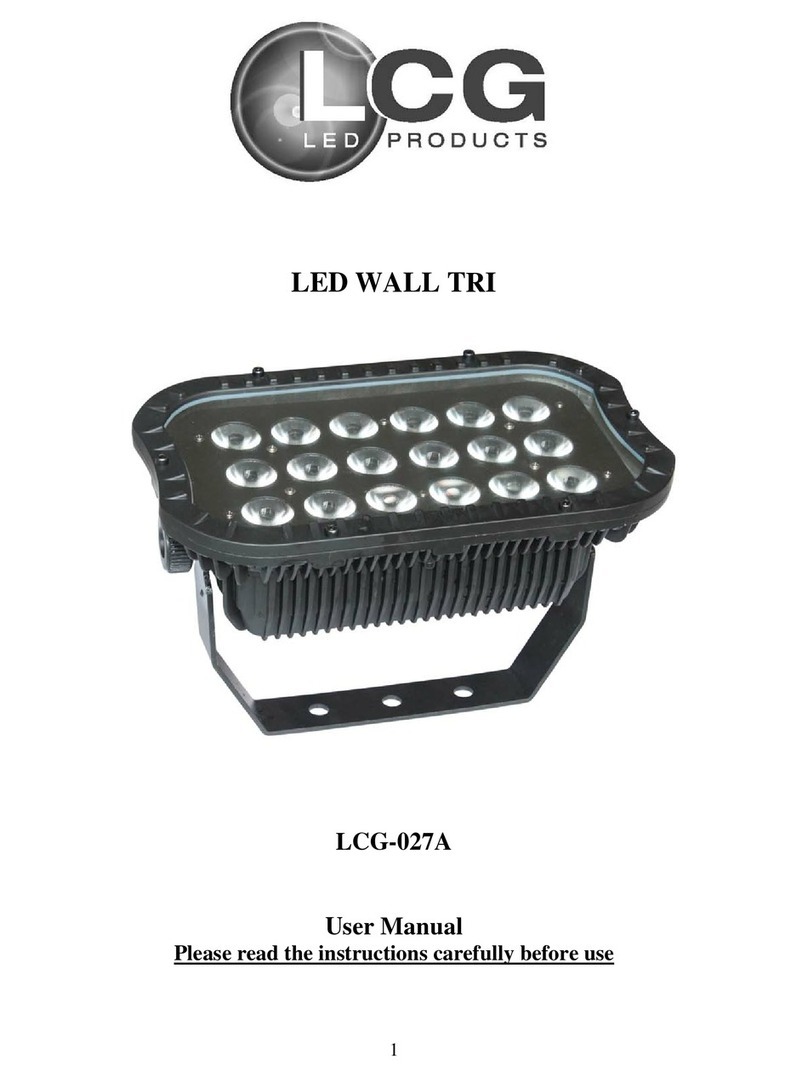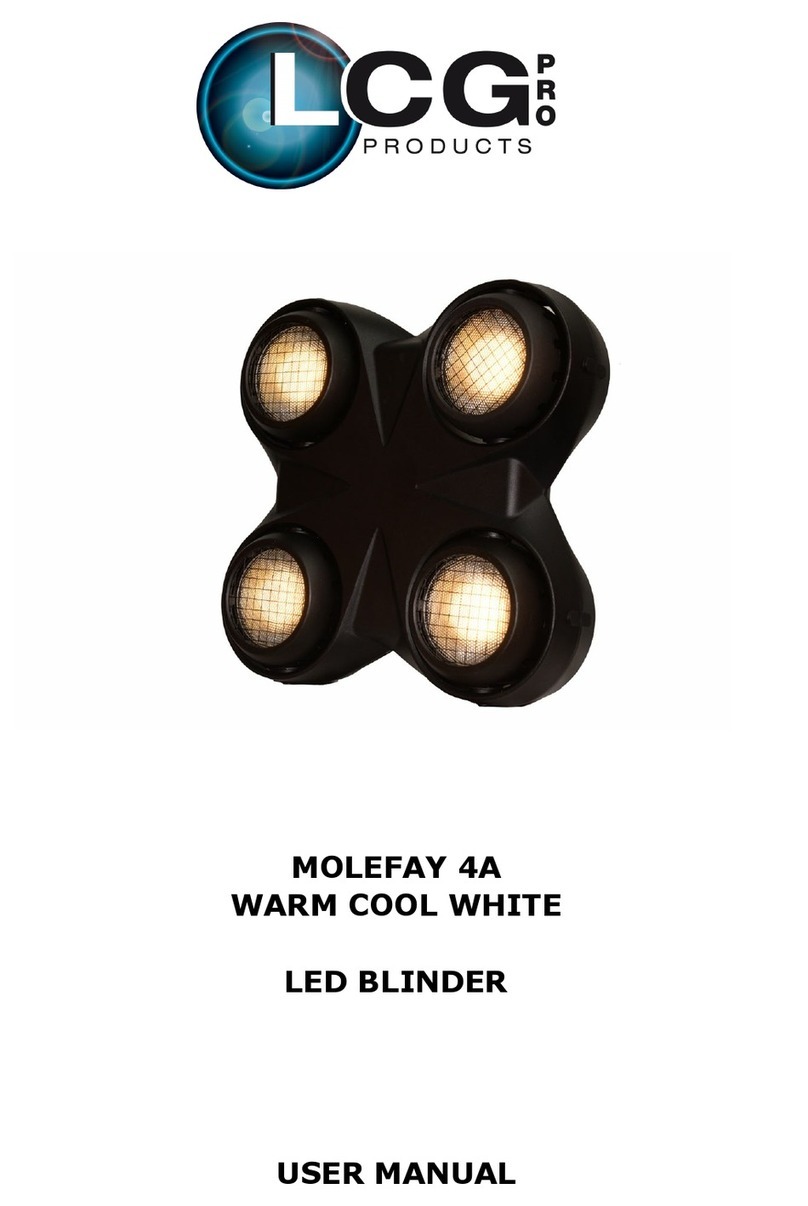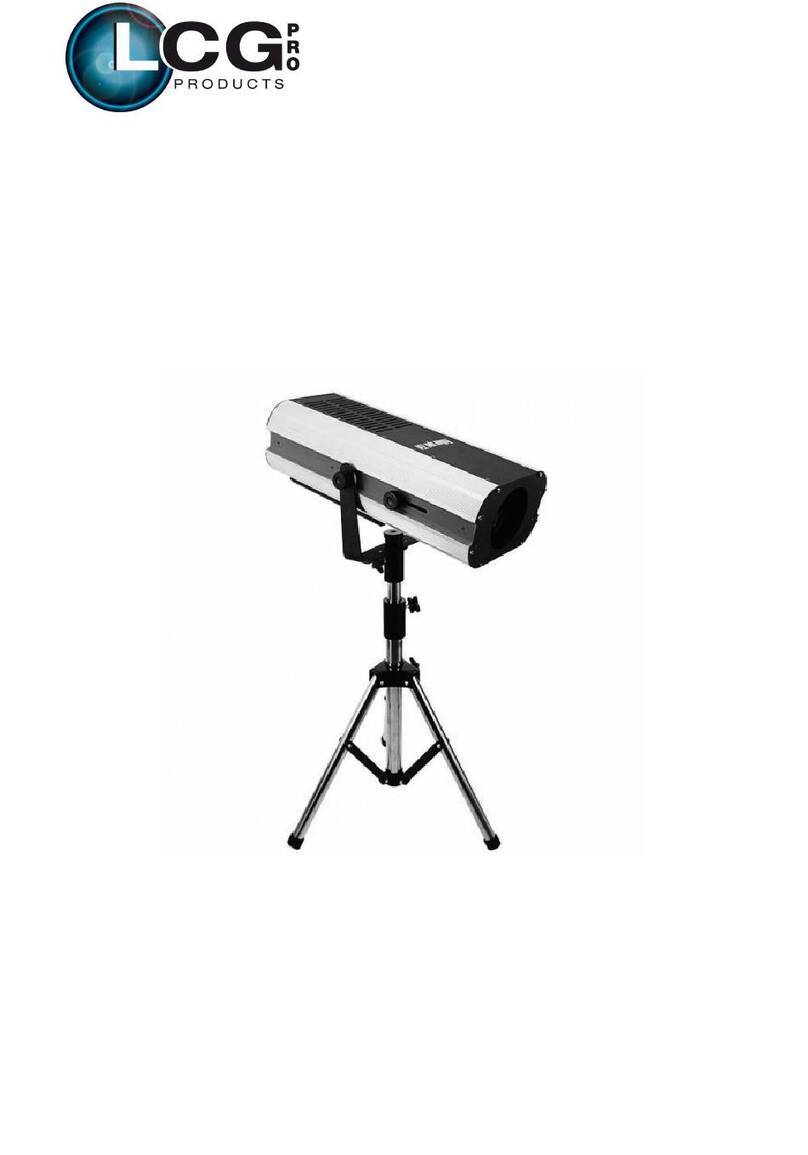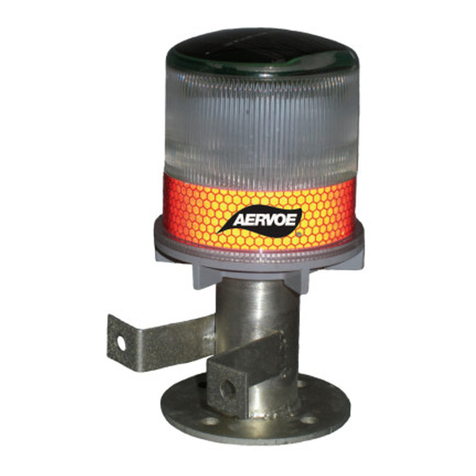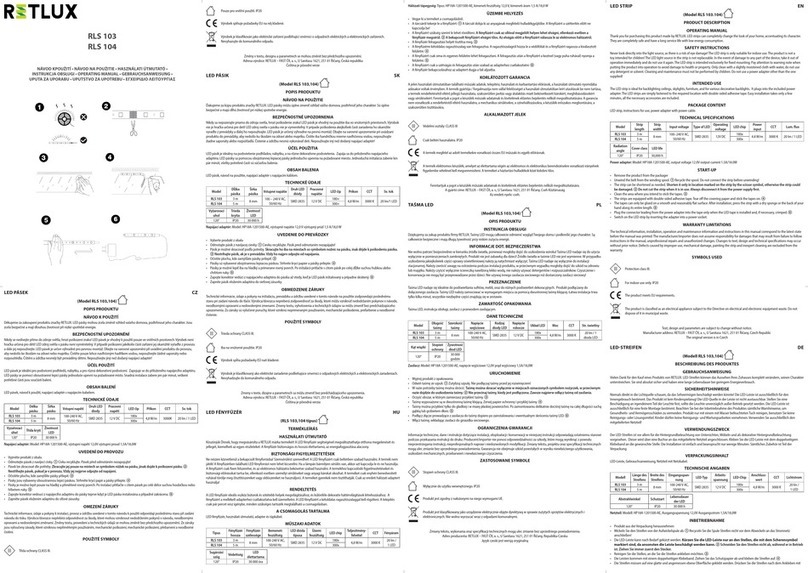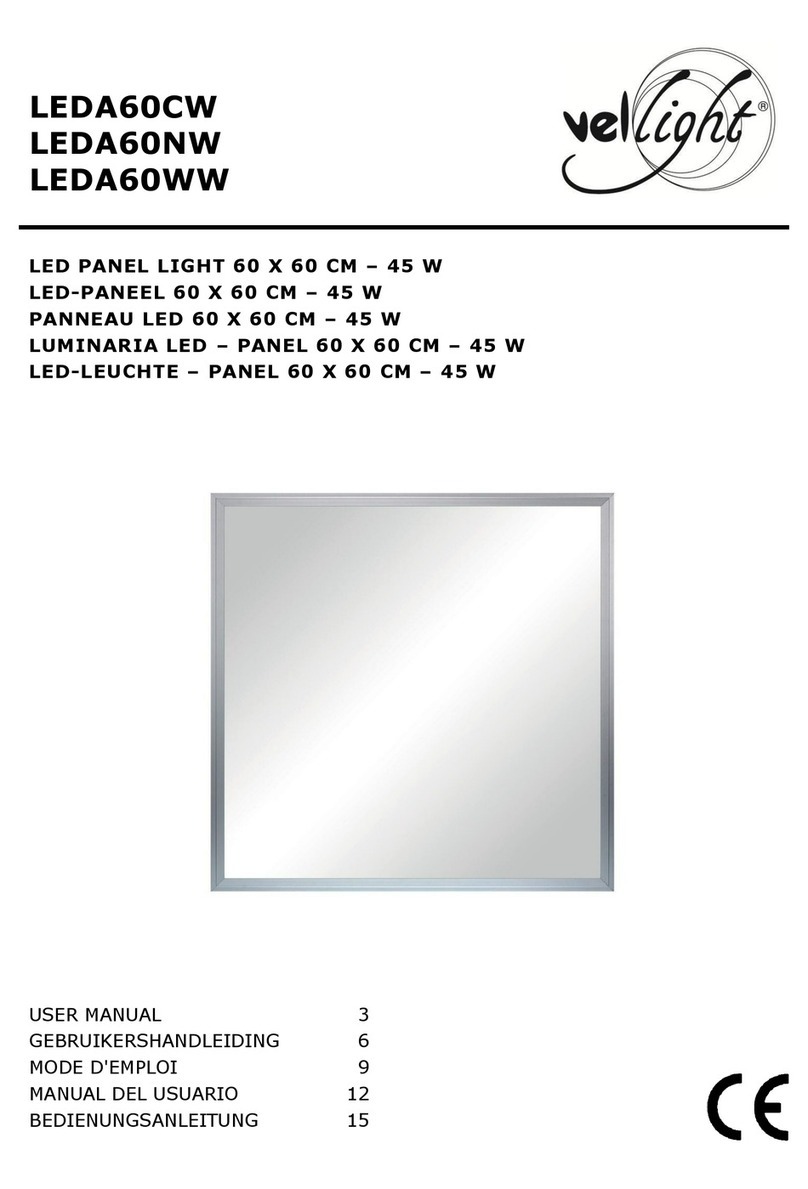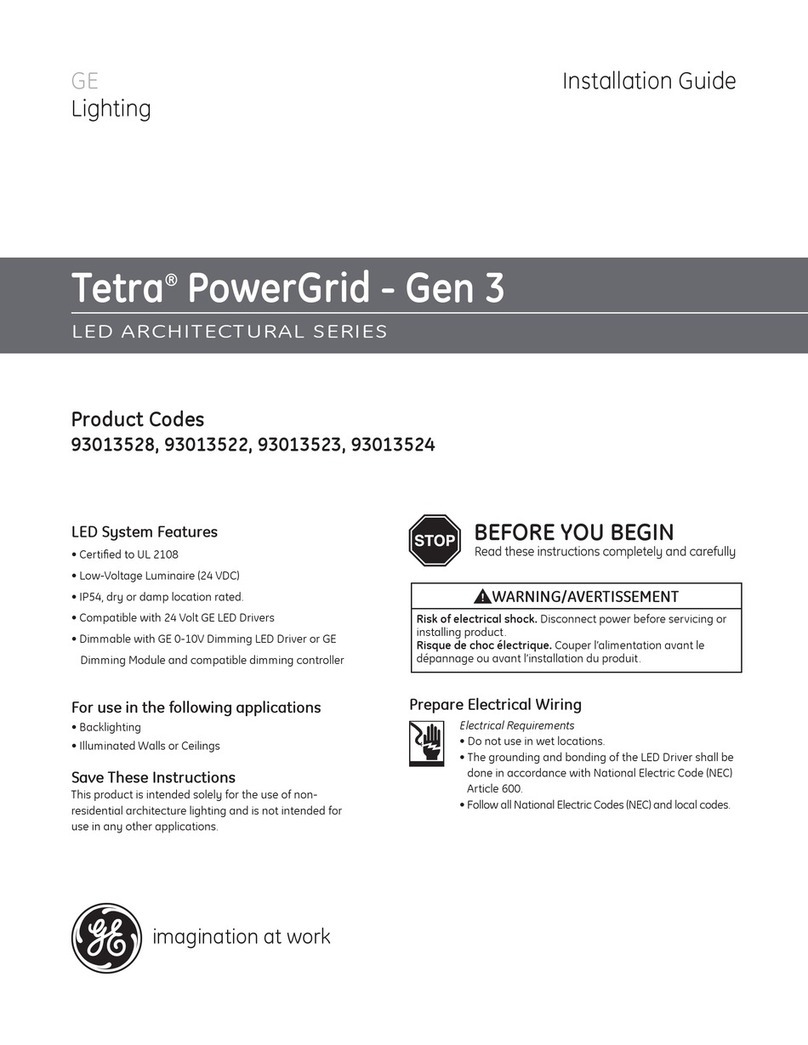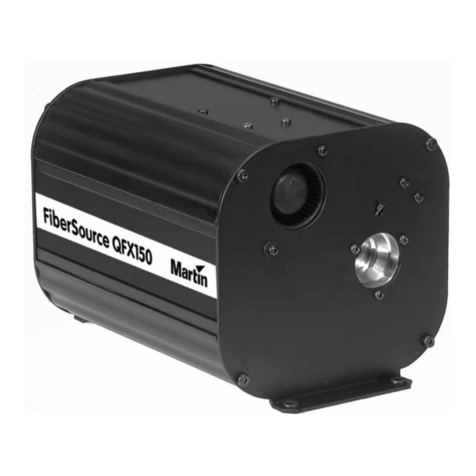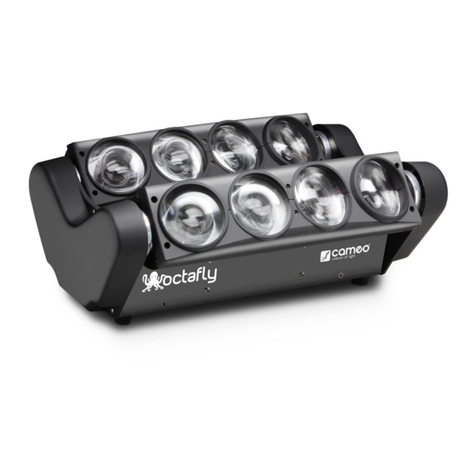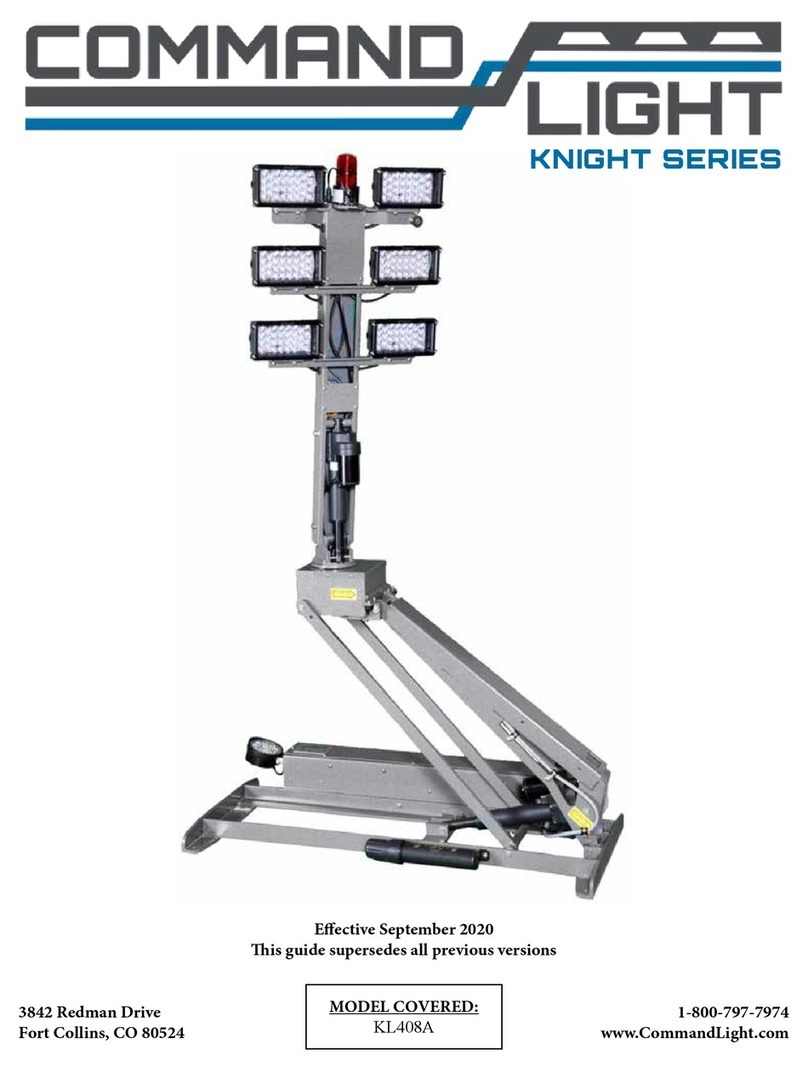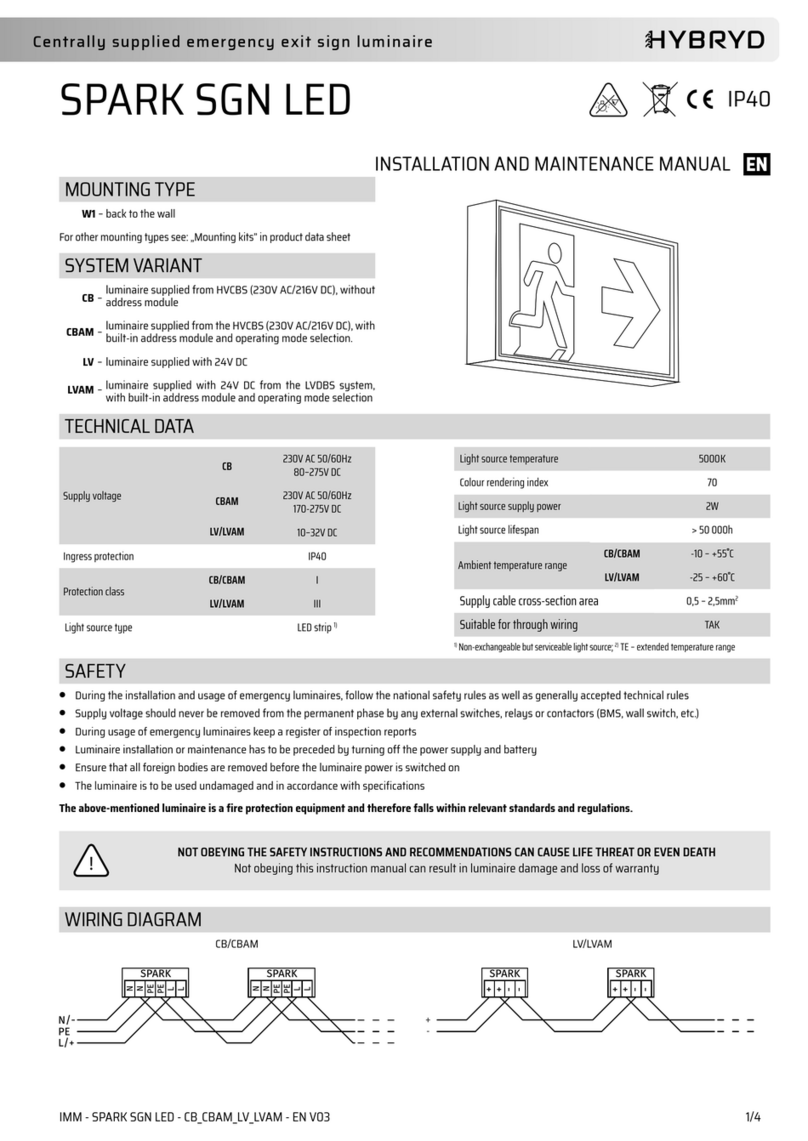LCG ST-04 User manual

USER'SMANUAL
ST-04
TITAN LIGHTING STANDS

1
1. INTRODUCTION
Thank you for choosing a ST-04 light stand system. This stand has been specially designed to have a very low
loading
height obtained by a multi-mast configuration. The telescopic masts made of treated steel have been
generously
sized in order to obtain maximum rigidity, special attention has been placed on security. The ABS
(AUTOPIN BLOCKING SYSTEM) guaranties double security in lifting or operational position, additionally as a
third safety device, each mast can be secured with a locking knob.
2. TECHNICAL DATA
A: 4 castors for horizontal transport
B: Wide and stable metal base
C: Nylon guided leg sliders
D: Independent adjustable leg braces
E: Auto-levelling galvanised foot plates with attachment holes
F: Solid wide legs for extra stability
G: Large locking knobs (3rd safety device)
H: Protected manual winch with safety friction brake
I : AUTOPIN BLOCKING SYSTEM
J: 4 castors for vertical movement
* Lateral play compensation with the masts
* Spirit level
* Friction surfaces on nylon sliders
6
7. IMPORTANT WARNING!
1): Obey the factory guidelines concerning the load limits as well as the safety codes of material and staff.
The choice of trussing and the stand capacity must be adapted to the load.
2): Adequate safety measures must be taken when people work under the loads carried by the truss and the stands,
safety steel slings and chains must be used on every item hung on the truss.
3): The operator must take into account the weight of the holding truss on the stand and deduct it from its allowable load.
4): All electrical devices hung on the stand or by the stand must absolutely conform to the technical codes concerning electrical
devices (EC NORMS).
5): The stand must only be operated in an exactly vertical position.
6): Secure the stand to the ground when its used on a sloping surface. Load the stand using only adaptive accessories.
7): The load must be centered or evenly distributed on the stand, be careful that the load does not slide to avoid any overhang
of the load.
8): Never let the cable only support the entire load. Always use all three load holding systems.
9): Never move the stand when it is loaded. Never use the stand to carry people.
10): Never lean a ladder on the stand. Never lubricate the winch brake.
11): Never exceed the allowed load limits. Never use the stand in outdoor in typhoon weather condition.
12): It is dangerous to support a very big size load in windy outdoor condition.
13): The stand do not allow to be used on a soft or moveable surface.
14): All sliding and rotating mechanisms used in bad weather must be regularly lubricated.
15): The annual control of the elevator by an authorised person is compulsory.
16): THE RESPONSIBILITY OF THE FAULT:
* The use of trussing and lifting equipment in temporary or mobile installation is the sole responsibility of the operator.
* During the guarantee period, we or one of our contract service organizations undertake to repair, free of charge any
damage attributable to faulty materials or workmanship for a period of 12 month after date of purchase.
* The guarantee does not cover damage due to negligent handling, overload or parts subject to normal wear and tear.
* The fitting of replacement parts not supplied by us or modifications of our design by third parties invalidates the guarantee.
LCG PRODUCTS ST-04 User manual

2
A
B
C
D
E
F
G
H
I
J
A
Technical data:
Maximum load:
Maximum height:
Minimum height:
Footprint:
Weight:
Closed size:
Material:
Finish:
200kg
5.5m
1.77m
2.17m
104kg
1.77m
440 .
18′0″
5′1″
7′2″
229lb.
5′1″
Ibs
treated steel
black epoxy painting / electro-galvanised
5
5. ADDING AND LOWERING OF THE LOAD
1): Position a adaptive accessory (truss adapters, T.bars, ect...)
on the top mast. Lock the handle of compensation of the to
block the accessory on the top mast.
2): With an additional lifting system, position and fix the load on
the top of the accessory. Care must be taken to prevent any
sliding of the load which would cause an overhang.
3): Reverse the adding load procedure to lower of the load.
6. RESTORING AND TRANSPORT THE STAND
1): Reverse the lifting the masts procedure to restore the masts.
Make sure that all of the ABS (AUTOPIN BLOCKING
SYSTEM (I)) are locking in the lowest position hole, and
tighten all locking knobs (G).
2): Reverse the unfolding stand procedure to fold up the legs.
Make sure that all of the spring pin (K) and the screw
handle (L) are restored to lock the leg-brace slider (C) to
the leg (F). Tighten all of the leg-brace screw jacks (D) to
make sure all of the legs (F)s are in the vertical position.
3): Turn the winch handle (H) until the cable is tight.
4): Your stand is ready for transport.
* The steel cable must be correctly and completely
roled up to avoid any crushing of the fibres.
* The stand can be transported in a vertical or
horizontal position.
I
K
L
C
F D
H
G
LCG PRODUCTS ST-04 User manual

G I
H
L
D
K
C
E
3
3. POSITIONING THE STAND
1): Place the stand in the vertical position on its wheels (J).
2): Ensure that the ground is strong enough to prevent any sinking of the stand into the ground. The stability of the stand is of
prime importance for a secure operation.
3): Pull out the spring pin (K), and screw out the screw handle (L) to unlock the leg-brace slider (C) and flip the leg (F) from
vertical into horizontal position.
4): Choose the closest of the holes in the leg (F) and restore the spring pin (K) and the screw handle (L) to lock the leg-brace
slider (C) to the leg (F).
5): Repeat step 3) and 4)with the other 3 legs.
6): Use the leg-brace screw jacks (D) to ensure the footplate (E) touches the ground.
7): Continue turning the screw jacks (D) of each leg in sequence until the wheels (J) slightly lift off the ground
(5-10mm is recommended).
8): When it is used on a sloping surface, the footplates (E)
must be secured to the ground to avoid any sliding.
9): When the stand in securely positioned and vertical,
check again that the leg-brace sliders (C) are
properly locked into their holes in the foot (F).
4
4. LIFTING THE MASTS
1): Loosen the top locking knob (G) of the top telescopic mast (smallest).
2): Tighten the another locking knobs to ensure a proper lifting order.
The top-mast (smallest) has to be raised first, followed by the
bigger mast below in sequence.
3): Pull the ABS (AUTOPIN BLOCKING SYSTEM (I))'s ring to unlock
the top telescopic mast(smallest).
4): Turn the winch crank (H) clockwise to raise the top-mast.
When the desired position is reaching, release the ABS' ring,
make sure that the ABS' autopin have gone into its desired hole.
If it is in it's maximum height, it will block itself.
5): Tighten the top locking knob (G) to secure the
mast and to avoid any lateral movement.
6): Repeat steps with the other masts.
7): Turn the winch crank (H) anti-clockwise a little to
avoid the cable to support any load.
8): You can add the load and all the ABS
(AUTOPIN BLOCKING SYSTEM(I)) are in place
and the locking knobs(G) are tightened against its
masts and the cable is avoided to support the load.
LCG PRODUCTS ST-04 User manual

G I
H
L
D
K
C
E
3
3. POSITIONING THE STAND
1): Place the stand in the vertical position on its wheels (J).
2): Ensure that the ground is strong enough to prevent any sinking of the stand into the ground. The stability of the stand is of
prime importance for a secure operation.
3): Pull out the spring pin (K), and screw out the screw handle (L) to unlock the leg-brace slider (C) and flip the leg (F) from
vertical into horizontal position.
4): Choose the closest of the holes in the leg (F) and restore the spring pin (K) and the screw handle (L) to lock the leg-brace
slider (C) to the leg (F).
5): Repeat step 3) and 4)with the other 3 legs.
6): Use the leg-brace screw jacks (D) to ensure the footplate (E) touches the ground.
7): Continue turning the screw jacks (D) of each leg in sequence until the wheels (J) slightly lift off the ground
(5-10mm is recommended).
8): When it is used on a sloping surface, the footplates (E)
must be secured to the ground to avoid any sliding.
9): When the stand in securely positioned and vertical,
check again that the leg-brace sliders (C) are
properly locked into their holes in the foot (F).
4
4. LIFTING THE MASTS
1): Loosen the top locking knob (G) of the top telescopic mast (smallest).
2): Tighten the another locking knobs to ensure a proper lifting order.
The top-mast (smallest) has to be raised first, followed by the
bigger mast below in sequence.
3): Pull the ABS (AUTOPIN BLOCKING SYSTEM (I))'s ring to unlock
the top telescopic mast(smallest).
4): Turn the winch crank (H) clockwise to raise the top-mast.
When the desired position is reaching, release the ABS' ring,
make sure that the ABS' autopin have gone into its desired hole.
If it is in it's maximum height, it will block itself.
5): Tighten the top locking knob (G) to secure the
mast and to avoid any lateral movement.
6): Repeat steps with the other masts.
7): Turn the winch crank (H) counter-clockwise a little
to avoid the cable to support any load.
8): You can add the load and all the ABS
(AUTOPIN BLOCKING SYSTEM(I)) are in place
and the locking knobs(G) are tightened against its
masts and the cable is avoided to support the load.
LCG PRODUCTS ST-04 User manual

2
A
B
C
D
E
F
G
H
I
J
A
Technical data:
Maximum load:
Maximum height:
Minimum height:
Footprint:
Weight:
Closed size:
Material:
Finish:
200kg
5.5m
1.77m
2.17m
104kg
1.77m
440 .
18′0″
5′1″
7′2″
229lb.
5′1″
Ibs
treated steel
black epoxy painting or electro-galvanised
5
5. ADDING AND LOWERING OF THE LOAD
1): Position a adaptive accessory (truss adapters ST-SA04, T.bars, ect...)
on the top mast. Lock the handle of compensation of the to
block the accessory on the top mast.
2): With an additional lifting system, position and fix the load on
the top of the accessory. Care must be taken to prevent any
sliding of the load which would cause an overhang.
3): Reverse the adding load procedure to lower of the load.
6. RESTORING AND TRANSPORT THE STAND
1): Reverse the lifting the masts procedure to restore the masts.
Make sure that all of the ABS (AUTOPIN BLOCKING
SYSTEM (I)) are locking in the lowest position hole, and
tighten all locking knobs (G).
2): Reverse the unfolding stand procedure to fold up the legs.
Make sure that all of the spring pin (K) and the screw
handle (L) are restored to lock the leg-brace slider (C) to
the leg (F). Tighten all of the leg-brace screw jacks (D) to
make sure all of the legs (F)s are in the vertical position.
3): Turn the winch handle (H) until the cable is tight.
4): Your stand is ready for transport.
* The steel cable must be correctly and completely
roled up to avoid any crushing of the fibres.
* The stand can be transported in a vertical or
horizontal position.
I
K
L
C
F D
H
G
LCG PRODUCTS ST-04 User manual

1
1. INTRODUCTION
Thank you for choosing a light stand system. This stand has been specially designed to have a very low loading
height obtained by a multi-mast configuration. The telescopic masts made of treated steel have been generously
sized in order to obtain maximum rigidity, special attention has been placed on security. The ABS (AUTOPIN
BLOCKING SYSTEM) guaranties double security in lifting or operational position, additionally as a third safety
device, each mast can be secured with a locking knob.
2. TECHNICAL DATA
A: 4 castors for horizontal transport
B: Wide and stable metal base
C: Nylon guided leg sliders
D: Independent adjustable leg braces
E: Auto-levelling galvanised foot plates with attachment holes
F: Solid wide legs for extra stability
G: Large locking knobs (3rd safety device)
H: Protected manual winch with safety friction brake
I : AUTOPIN BLOCKING SYSTEM
J: 4 castors for vertical movement
* Lateral play compensation with the masts
* Spirit level
* Friction surfaces on nylon sliders
* All cable pulleys maintenance are free 6
*The fitting of replacement parts not supplied by us or modifications of our design by third parties voids the warranty.
7. SAFETY NOTES!
•Carefully inspect all parts before each use.
•Obey the factory guidelines concerning the load limits as well as the safety codes of material and staff. The choice of
trussing and the stand capacity must be adapted to the load.
•Adequate safety measures must be taken when people work under the loads carried by the truss and the stands. Safety
cables and TUV rated clamps must used on all equipment being supported by the stands.
•The operator must take into account the weight of the holding truss on the stand and deduct it from its allowable load.
•All electrical devices hung on the stand or by the stand must absolutely conform to the technical codes concerning electrical
devices.
•The stand must only be operated in an exactly vertical position.
•All moving parts on the stand should be checked regularly for damaged and wear and tear.
•The steel cable should be checked regularly for fraying.
•Secure the stand to the ground when its used on a sloping surface. Load the stand using only adaptive accessories.
•The load must be centered or evenly distributed on the stand, be careful that the load does not slide to avoid any overhang
of the load.
•Never let the cable only support the entire load. Always use all three load holding systems.
•Never move the stand when it is loaded. Never use the stand to carry people.
•Never lean a ladder on the stand. Never lubricate the winch brake.
•Never exceed the allowed load limits. Never use the stand in outdoor in typhoon weather condition.
•It is dangerous to support a very big size load in windy outdoor condition.
•Do not allow the stand to be used on a soft or moveable surface.
•All sliding and rotating mechanisms used in bad weather must be regularly lubricated.
•Do not lubricate the winch brake. Service must be performed by an authorized repair center.
•The stand must be serviced and inspected a minimum once a year by an authorized service center. Some stands may
require to be serviced more than once a year depending on the usage.
8. DISCLAIMER
* The use of trussing and lifting equipment in temporary or mobile installation is the sole responsibility of the operator.
* During the warranty period, we or one of our contract service organizations will undertake to repair, free of charge any
damage attributable to faulty materials or workmanship for a period of 12 month after date of purchase.
* The warranty does not cover damage due to negligent handling, overload or parts subject to normal wear and tear.
LCG PRODUCTS ST-04 User manual
Table of contents
Other LCG Lighting Equipment manuals
Popular Lighting Equipment manuals by other brands
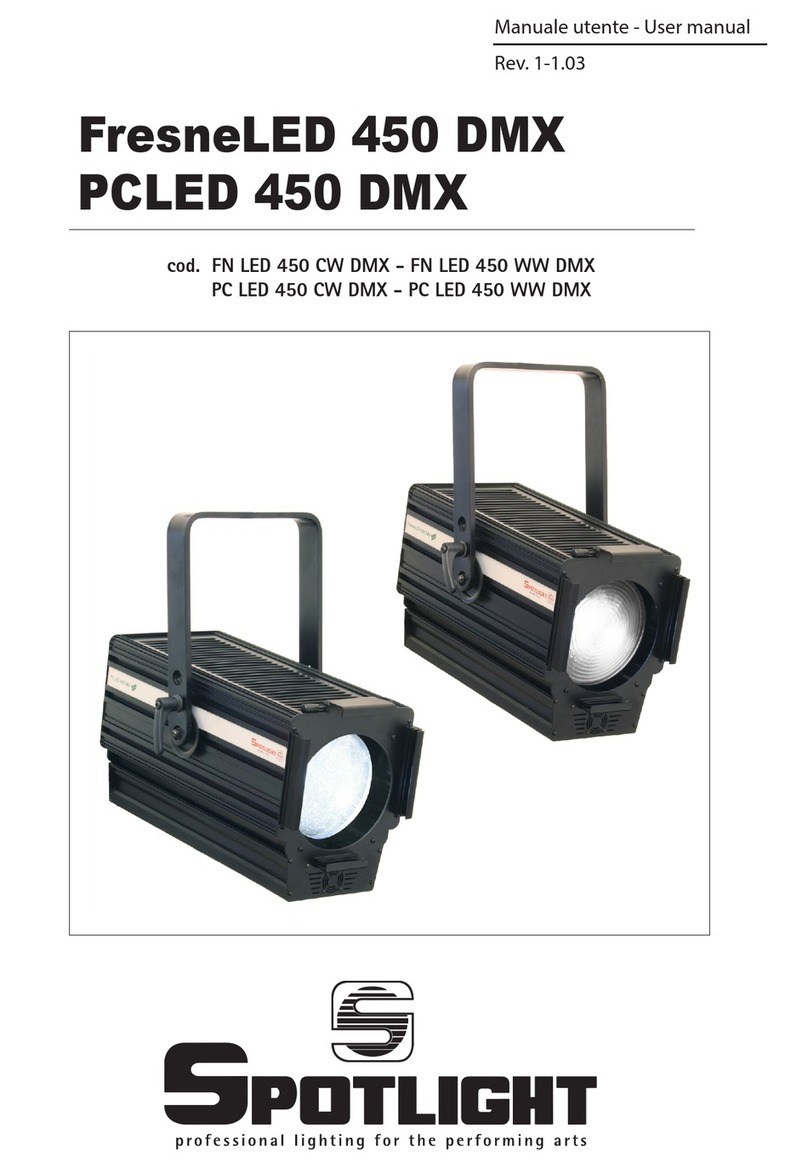
Spotlight
Spotlight FresneLED 450 DMX user manual
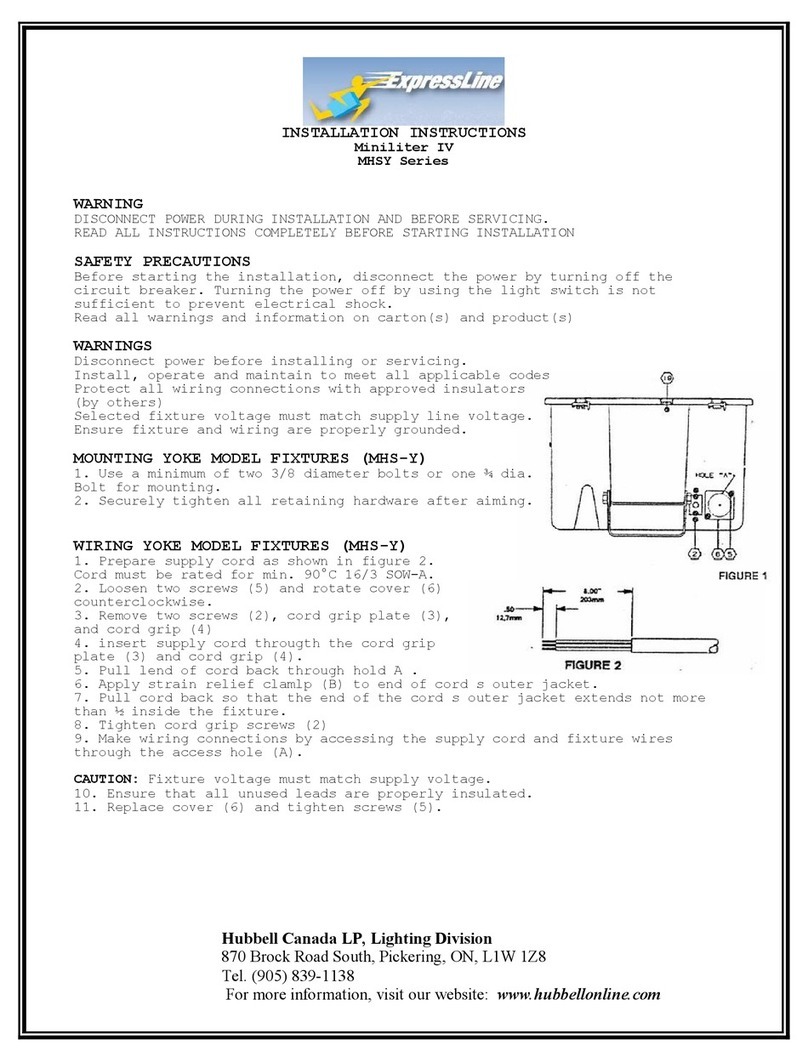
Hubbell
Hubbell ExpressLine Miniliter IV MHSY Series installation instructions
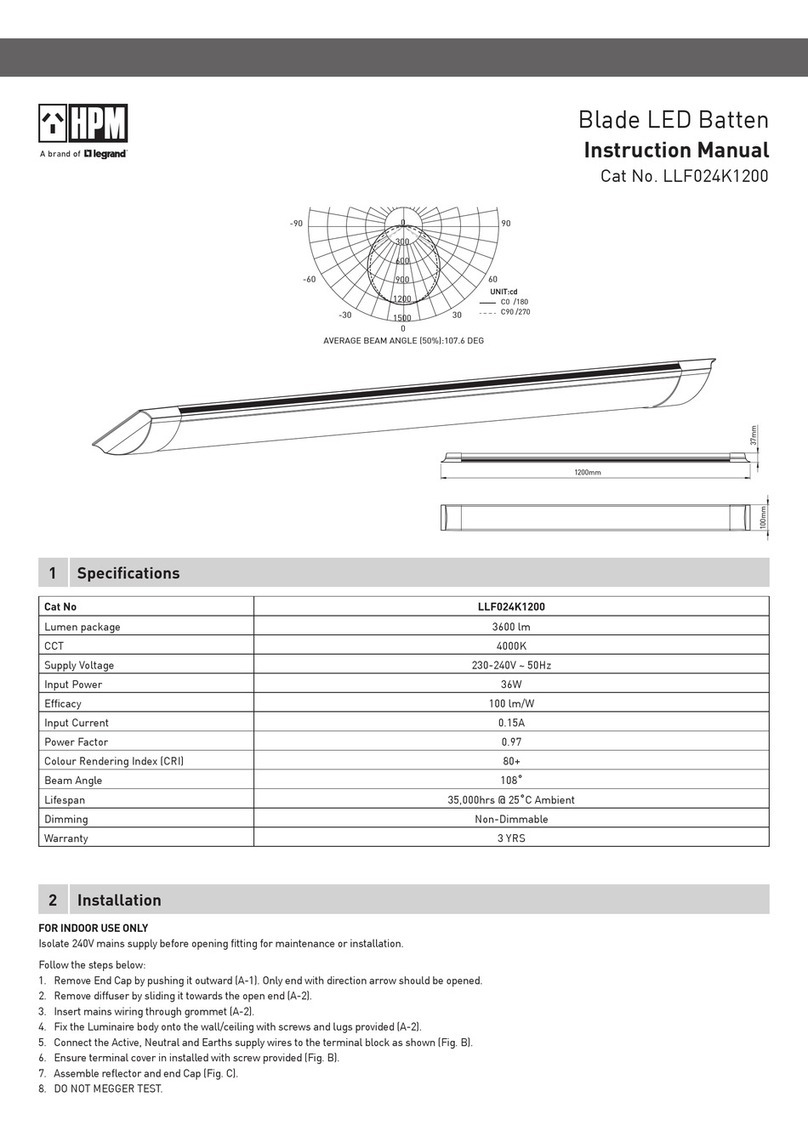
LEGRAND
LEGRAND HPM LLF024K1200 instruction manual

Atex
Atex GL10 installation manual
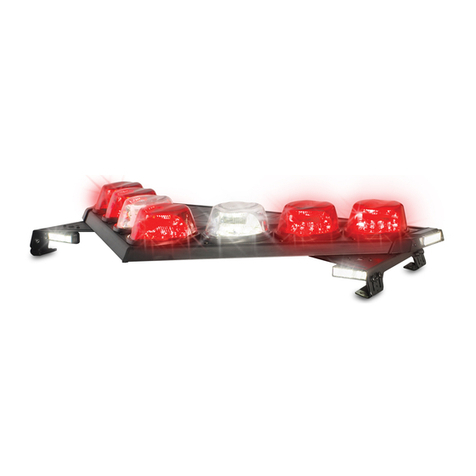
Federal Signal Corporation
Federal Signal Corporation Vision SLR installation instructions

Equinox Systems
Equinox Systems KAMIKAZE EQLA14 user manual
